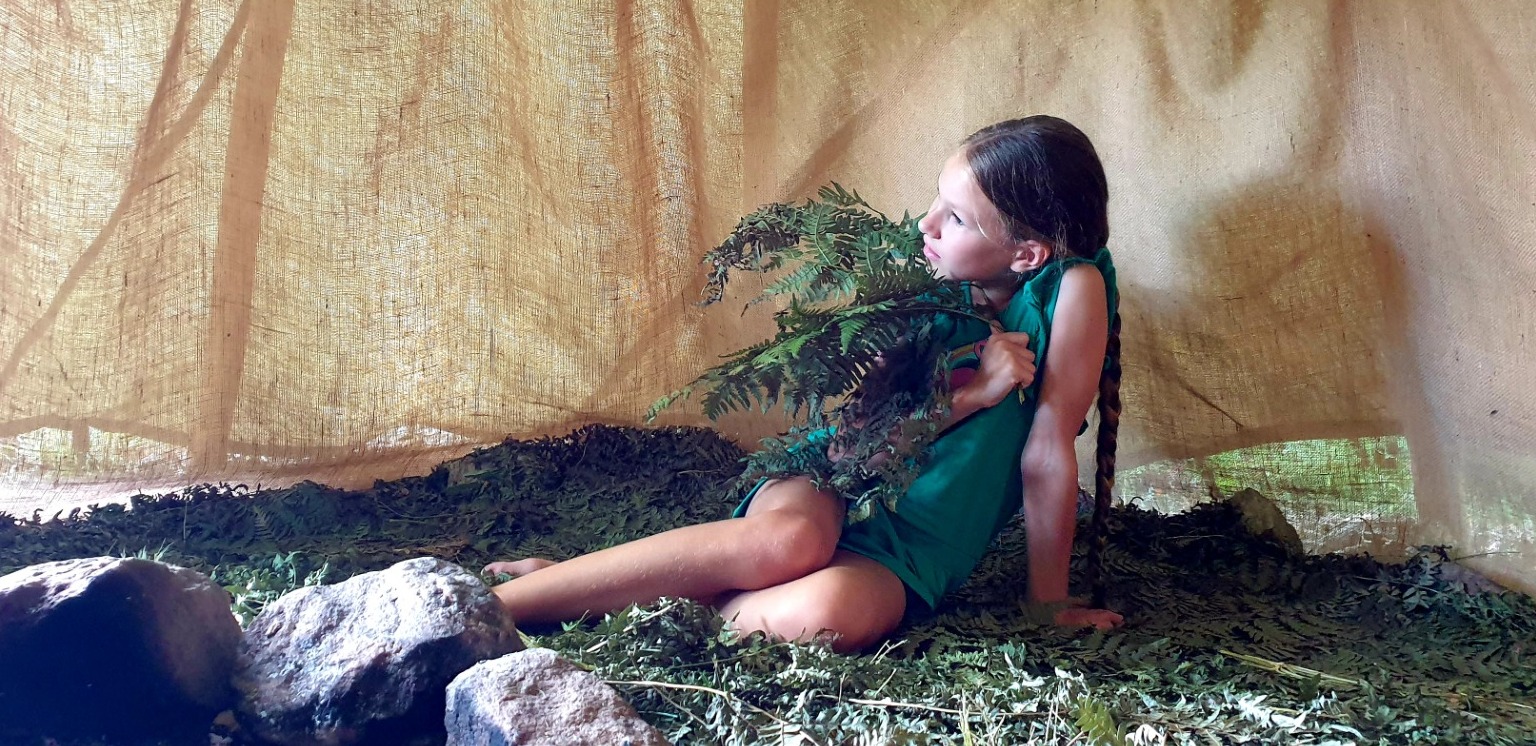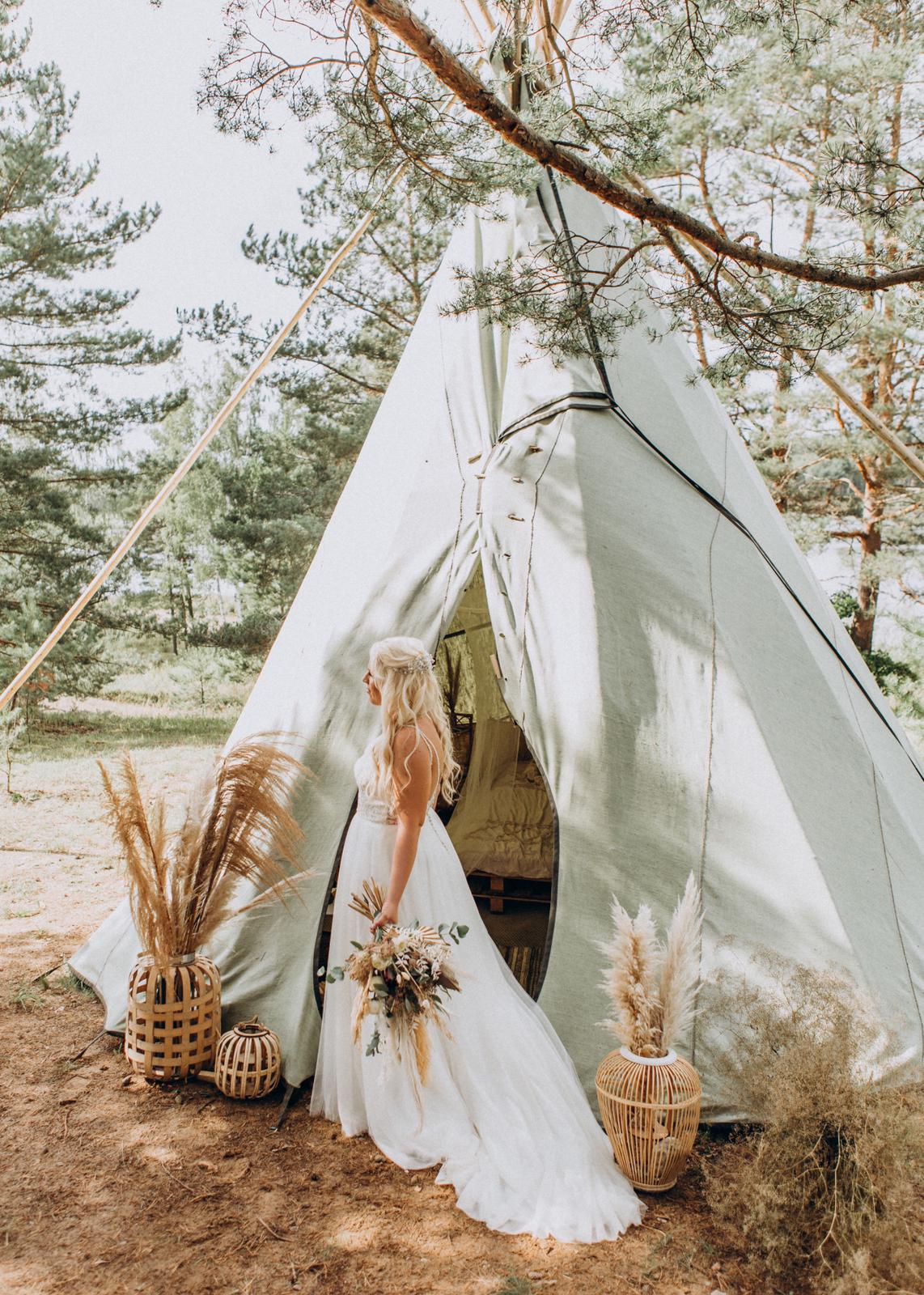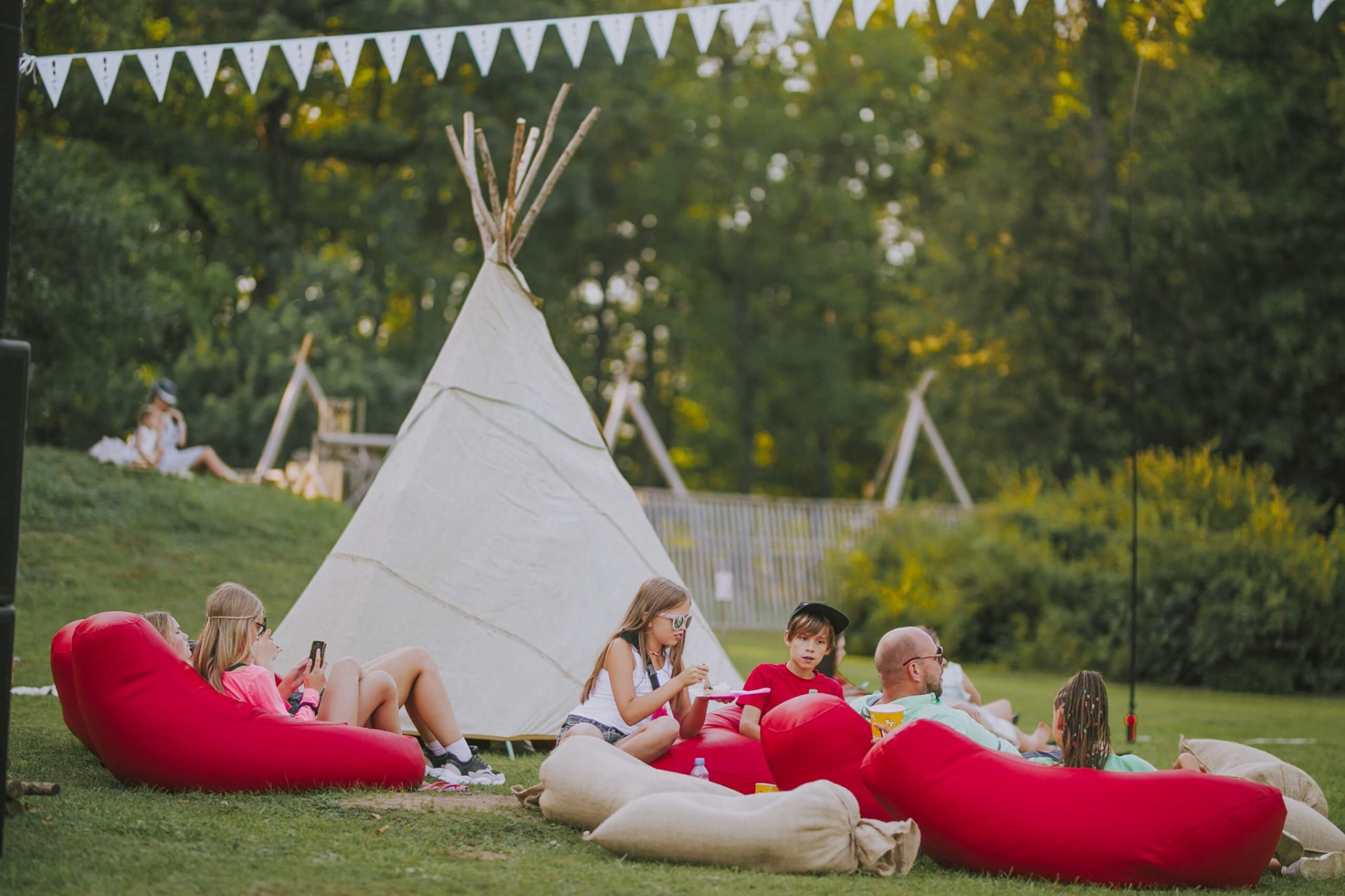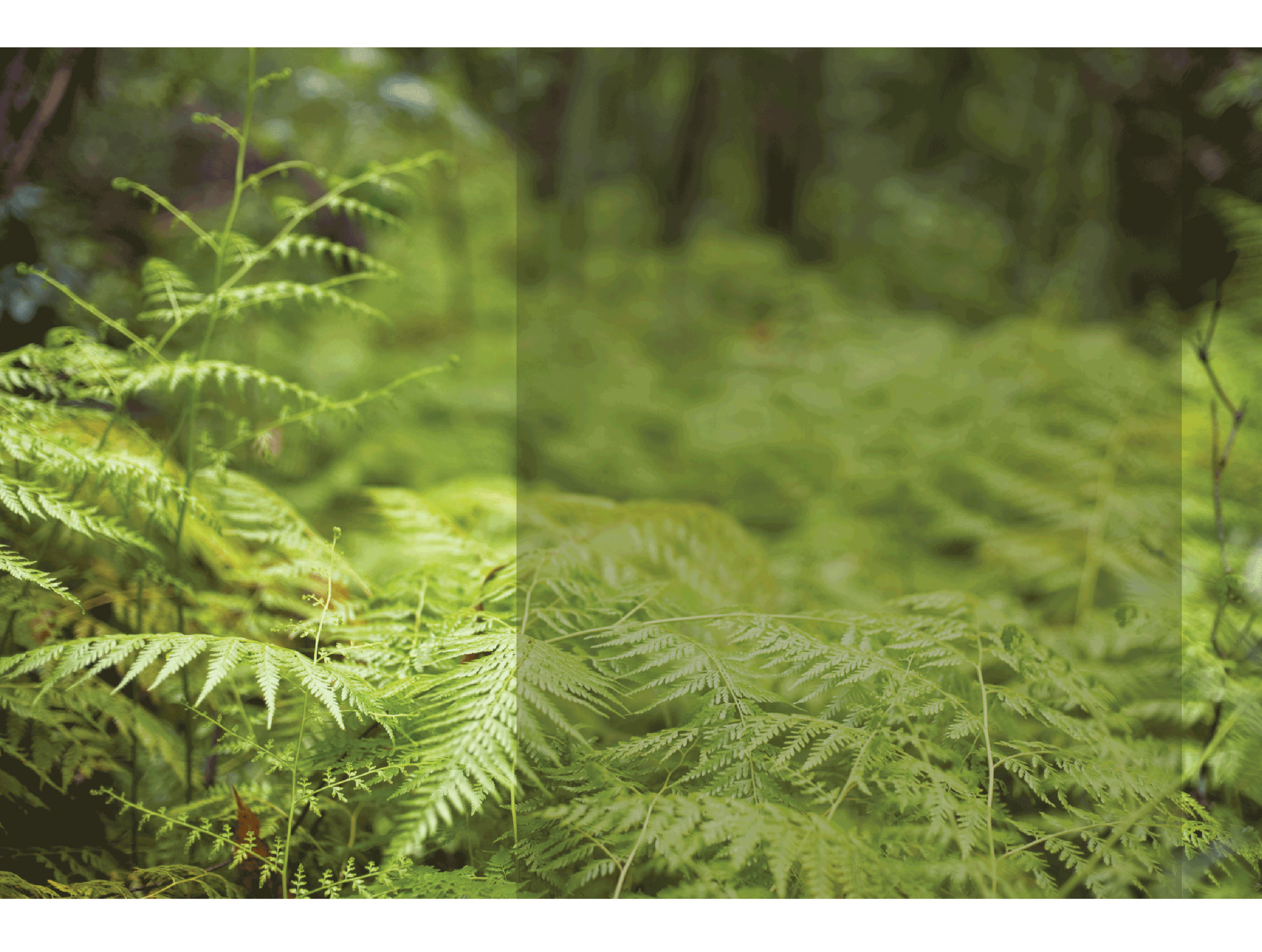
Tipi - magical space in nature!
The tipi tent with its beauty and conical construction fascinates everyone. Anyone who has ever entered it remains enchanted for life! Even today, tipis are considered one of the most ideal dwellings for living outside close to nature. It is one of the few tents where an open fire is possible. Tipis can be inhabited all year round. Even in the cold winter, a small fire keeps the tipi warm. In summer, air circulates between the inner and outer shell, thus significantly reducing the heating of the inside of the tent. Thanks to their construction, the tipis can withstand even strong winds. The excellent ceiling height surprises every visitor who enters the tent for the first time. At night, the tipis light up like a big lantern and your gaze wanders through the open smoke shutters to the starry sky. Although tipis have lost their original and traditional function of permanent housing, today it is even more exciting. Especially in our anxious and stressful times, it is a place of safety, peace, reflection, longing and dreams. A tipi like no other tent, it gives us a tangible originality for living and living outdoors. Tipi is a very versatile tent and therefore very versatile in use. One tipi or even a whole tipi village harmoniously fits into any landscape and creates a unique attention and impressive appearance in everyone's eyes.

All about Tipis...
Tipis (also called Tepee or Teepee, the most common in our country - wigwam) are conical tents that are easy to set up, dismantle and transport. Tipi construction consists of several poles together, around which the cover of the tent is wrapped. Setting up Tipis start with three poles tied together, around which the other poles are placed. Then the attached poles are fastened with the same rope with which the first three poles are tied, and the tent cover is wrapped around them. The cover is sewn with flue dampers to regulate ventilation. When the cover is wrapped around the poles, a seam is formed in the front of the tent, which is fastened with wooden poles. The lower part of the cover is also fixed to the pegs driven into the ground. Inner fabric inside the tent is for coziness and proper ventilation.
Tipis are a place for meaningful and creative recreation, as well as spending the night in nature in a unique atmosphere for two or in the group of friends. A place for your transformation, when you realize that nature is the universe, but human is a small part...
Tipi tents created by Nomadic Homes are inclusive of nature, made of water-resistant and natural materials. The construction of the tent is based on peeled fir wood poles. The bigger the teepee, the more poles you need. Jute rope is used to tie the poles. The construction is extremely stable to withstand high winds. With a little practice, you'll learn the right steps to get the tent done quickly. The tent cover is water and sun resistant, with an antibacterial coating, it is composed of 50% linen and 50% cotton with a density of 450 g/m2, which proves the high durability and quality of the fabric. In rainy weather, the cotton part swells a little and thus closes the pores. Due to the steep installation angle, the water drains very quickly and does not have time to soak through the fabric. All seams, which are subjected to heavy loads, are double-stitched. The thread is a high-strength thread (the same quality as the fabric). The tarpaulin is sewn in parallel strips to reduce the longitudinal stretching of the fabric. Lining or inner fabric is sewn from jute or tarpaulin fabric as per your choice. Between the outer cover and the lining, fresh air is constantly fed into the upper tent area. When you light a fire in the tent, this gap creates ventilation that allows the smoke to escape more quickly through the smoke shutters. When it rains, the liner stops water from running off the posts and directs it down. Tipis are never completely airtight, as the smoke trap can be opened and water runs down the poles. We have created an additional detail - a cloth that can be tied to the ceiling above the bed, which collects water drops during heavy rain, but this product covers the beautiful wooden structure, so it is not included in the standard package, it can be ordered separately. There is nothing better than being able to sleep at night and watch the stars or passing clouds through open smoke screens! Hazelnut sticks are used to close the tent. Steel pegs are used to secure the tent to the ground. The door, which is made of the same tarpaulin material, is stretched with hazel pegs and hung on one of the upper closing pins.
For a more exciting and authentic experience, tipi tents can be painted with acrylic paints.
We, Nomadic Homes, have been producing and selling tipi tents since 2011. Over time, we have repeatedly optimized the tents and offer our customers the best solutions.
The tipi tent is a careful and high-quality handmade product, created in Latvia by a family company. Tipi tents are unique in that you can build a safe campfire for an authentic and wild atmosphere. In addition, they can also be used as glamping tents, with a bed, providing comfort.
The tipi tent design and trademark Nomadic Homes is registered with the Patent Board of the Republic of Latvia.
Choosing a location for permanent tipi installation is very important. A sunny and slightly windy location is ideal. Considering that the material of the tipi tent is 100% natural, the lifespan of the tent is largely determined by the care you give it. Experience shows that the lifespan of a tipi in our latitudes is 3-5 years if it is permanently installed outdoors all year round. However, if you use the tipi tent only in the dry season, at the beginning of the rainy season you dismantle it, dry it and store it in a dry place, then the lifespan of the tipi tent is 4-7 years. In some cases, depending on the location, environment and depth of the soil, tipis can sometimes last longer. The warranty period for private persons is 2 years, for entrepreneours - 1 year. The warranty covers the seams. Storm and fire damage (damage from the elements) is not recognized as a warranty case!
Our range of tipi tents has 3 different types of sizes - S, M or L.
L - large Tipi, 5m diameter - glamping tent, which is comfortable for 2 to 6 people. It can also be a place for outdoor events, camps, gatherings, creative workshops, master classes, weddings, festivals, concerts... In the large Tipi tent there is a possibility to light a campfire! It will also be your space in nature, where you can take yoga, meditation, recovery. Large Tipis are suitable for fixed installation for a long time.

M - medium Tipi, 4m diameter - a universal solution for various events and recreation, as well as accommodation, glamping, camps, creative workshops, festivals, etc. purposes. It is convenient for 2 people or an event for 5 to 8 people. This size Tipi tent will be a convenient playground for children all summer long. It is easy to set up, pull down and mobile for various Pop-Up events.

S - small Tipi, 2.5m diameter - an exciting and adventurous playground for children, as well as a place for 2 adventure seekers! A place for children's summer camps with various activities in nature or as a deco element in your corporate or county event.

We produce Tipi tents by individual order within 2-4 weeks. Upon request, we provide delivery and set up of tents.
Included: Poles, outer cover, inner fabric, door, ropes, sticks, stakes, set up and care instructions.
PRICELIST:
900 eur (small Tipi)
1800 eur (medium Tipi)
2100 eur (large Tipi)
Tipi tents can be ordered without wooden poles, applying a 10-20% discount.




Do You Need to Contact Us?
A space for new experience and growth!
TIPI IN HISTORY
The origins of the tipi tent can be traced back to the North American Indians. Tipi translates to "They live". The name of the inventor's tribe is Lakota - a nomadic tribe. As nomads, the tribe moved around and provided their meals by hunting. Tipi tents were a place of settlement made of buffalo skins. A fire was lit in the tents, a meal was prepared and they survived even in harsh weather. The details of the Tipi tent of the Lakota tribe had their own meaning. The circle that forms the foundation symbolizes the earth, the tent cover - the sky, the wooden poles - the way from the earth to the sky to the spirit world...

You are viewing an original photograph of a Sioux Indian Tipi. The photograph is by Curtis and was taken in 1907. The picture shows Slow Bull in front of his home.


